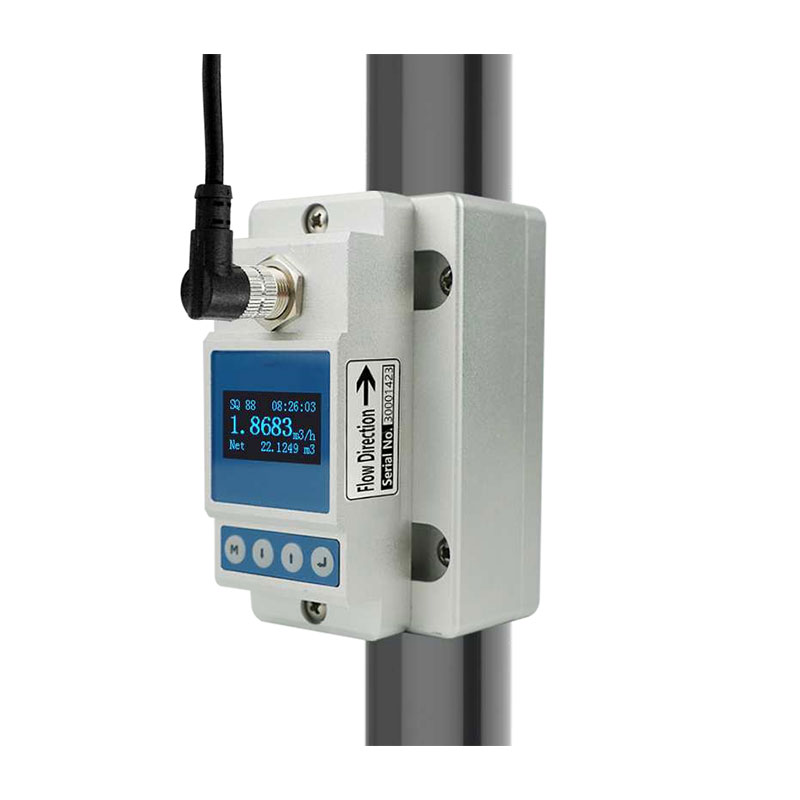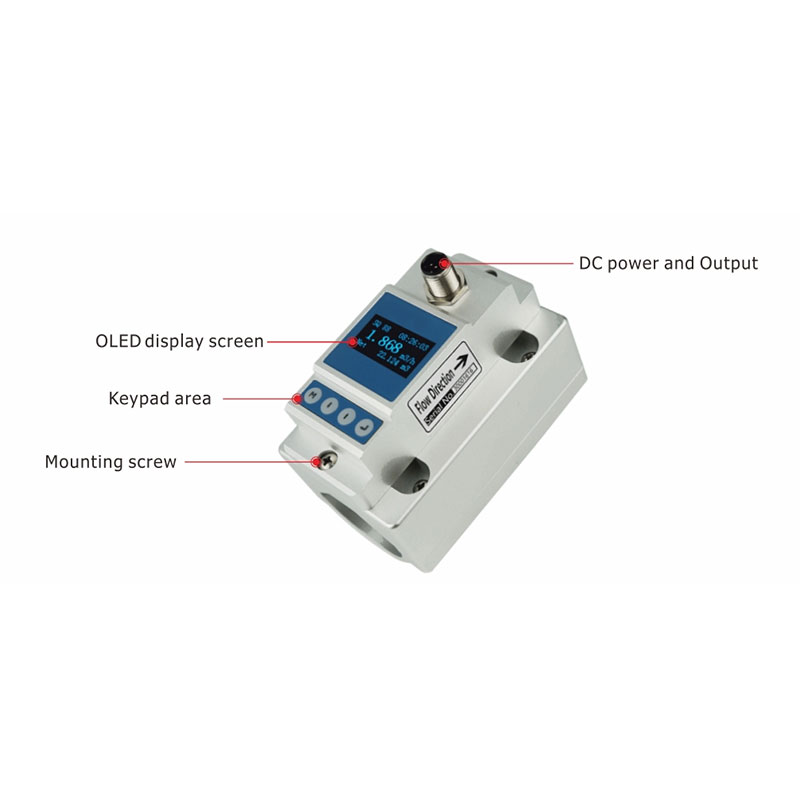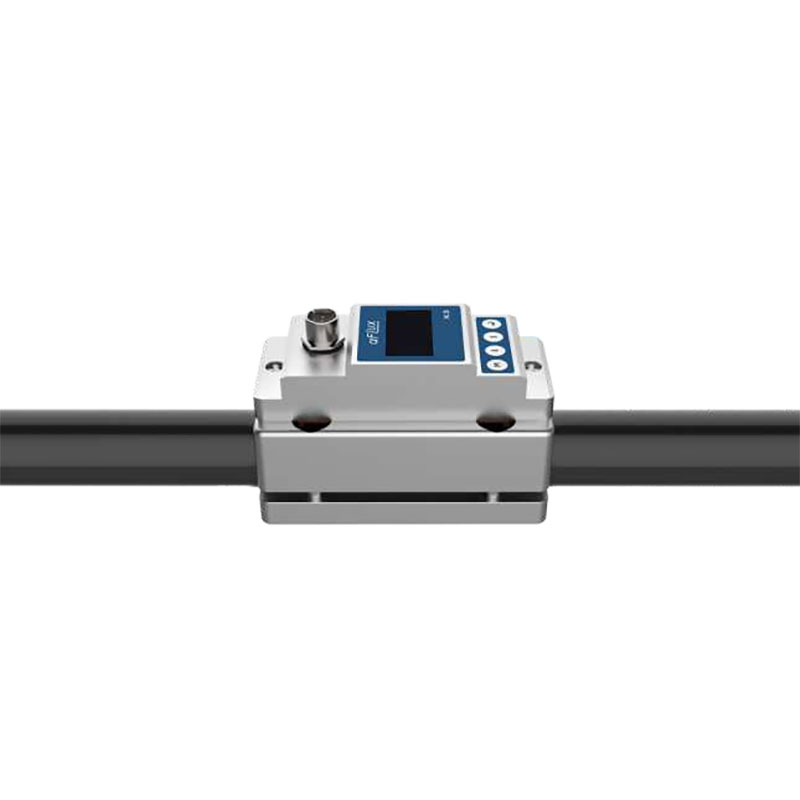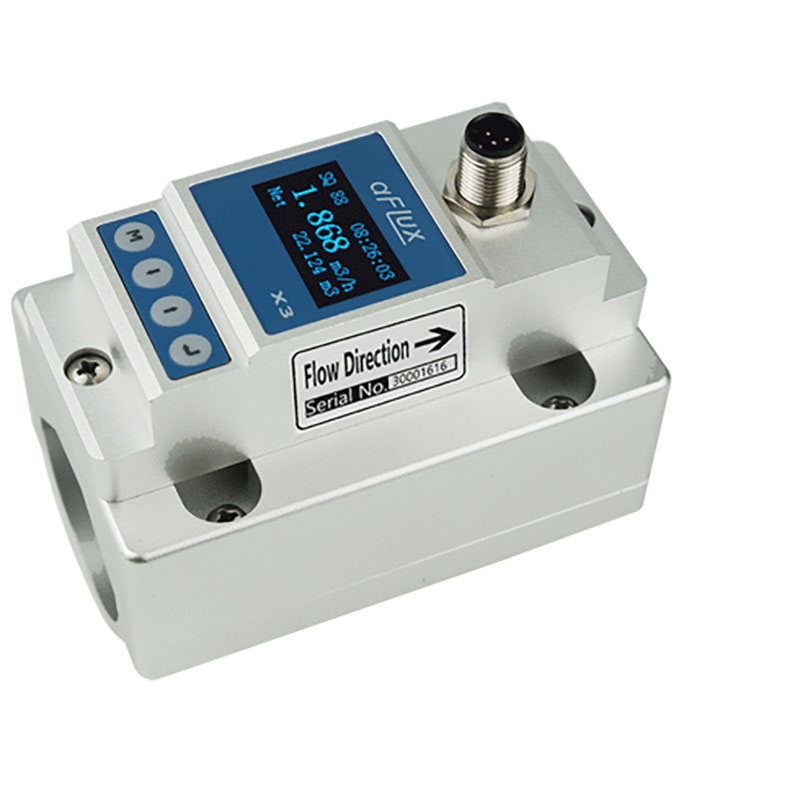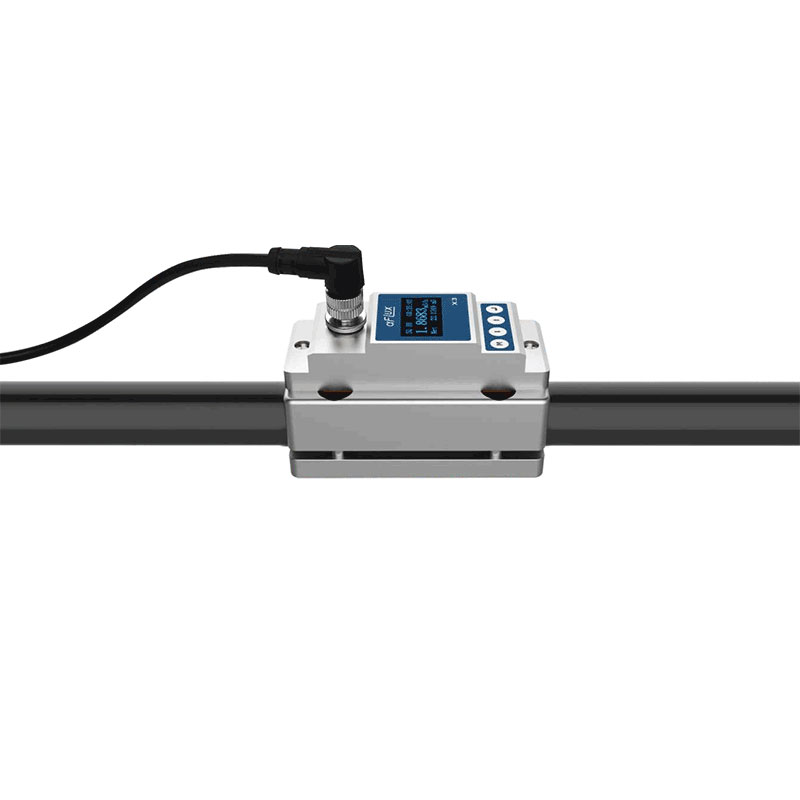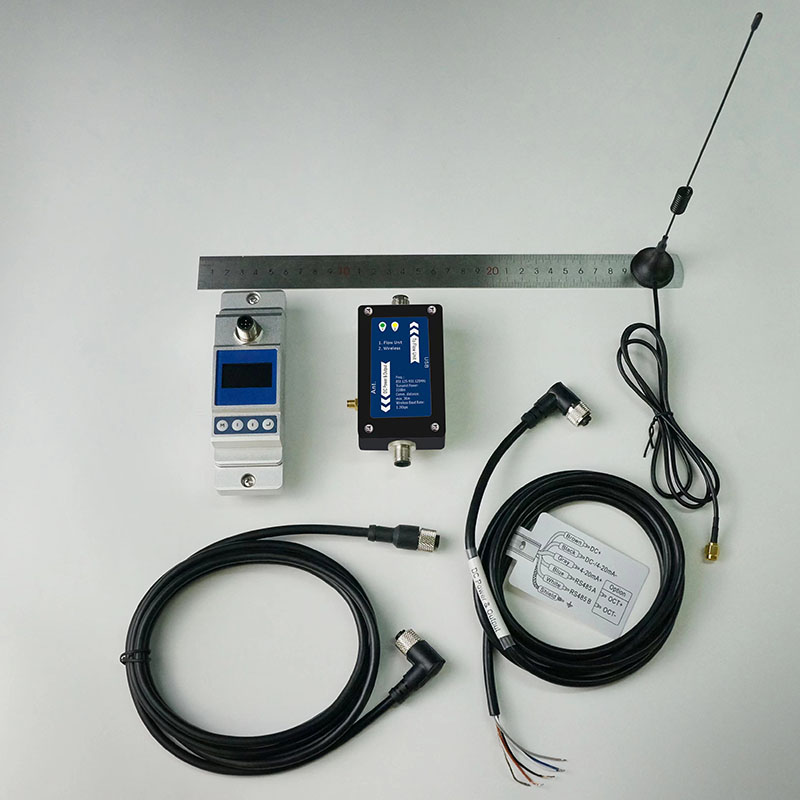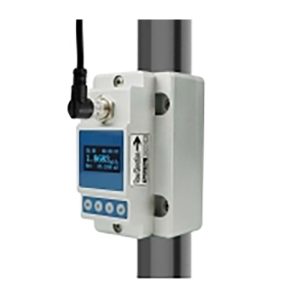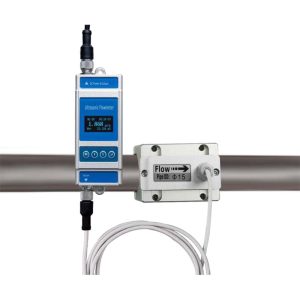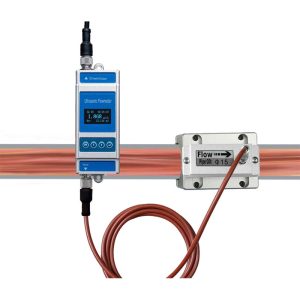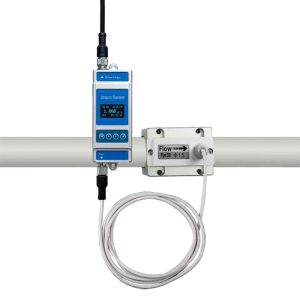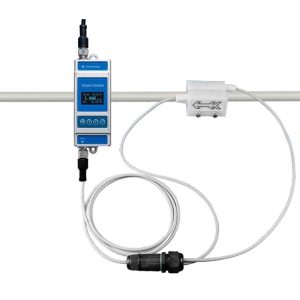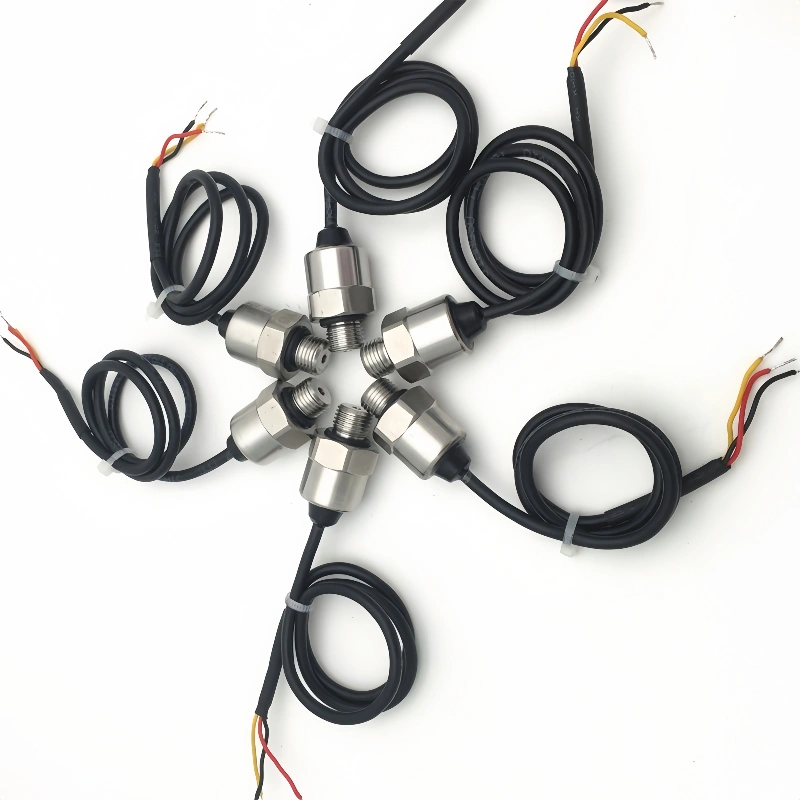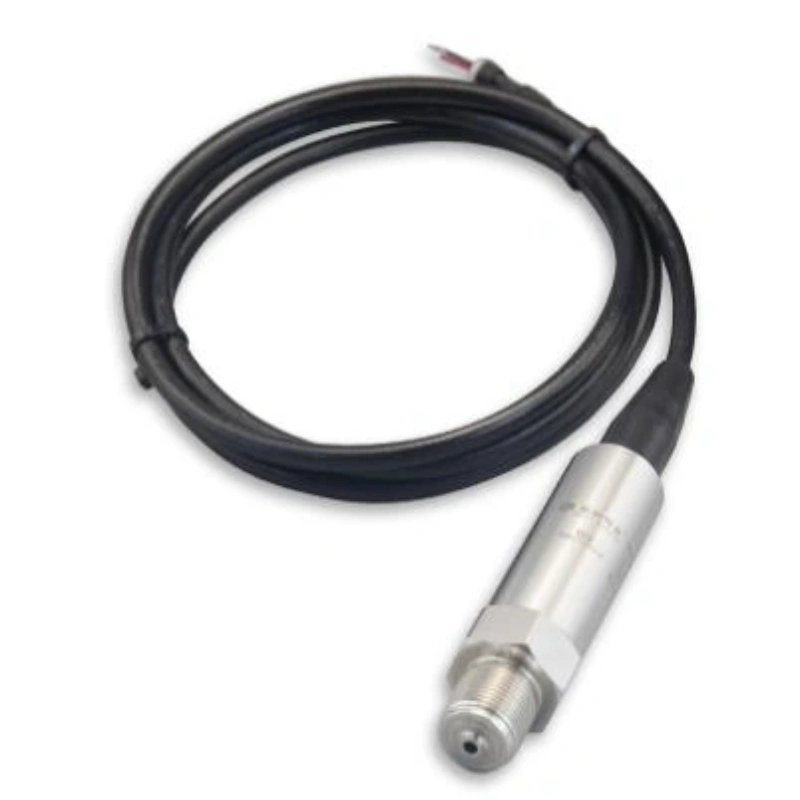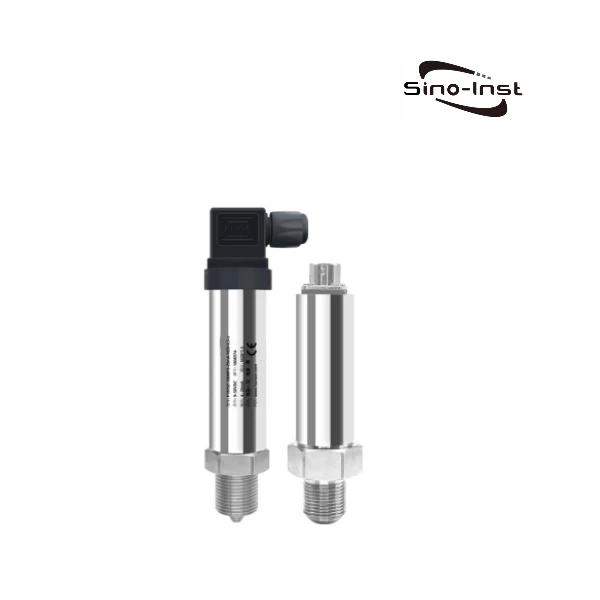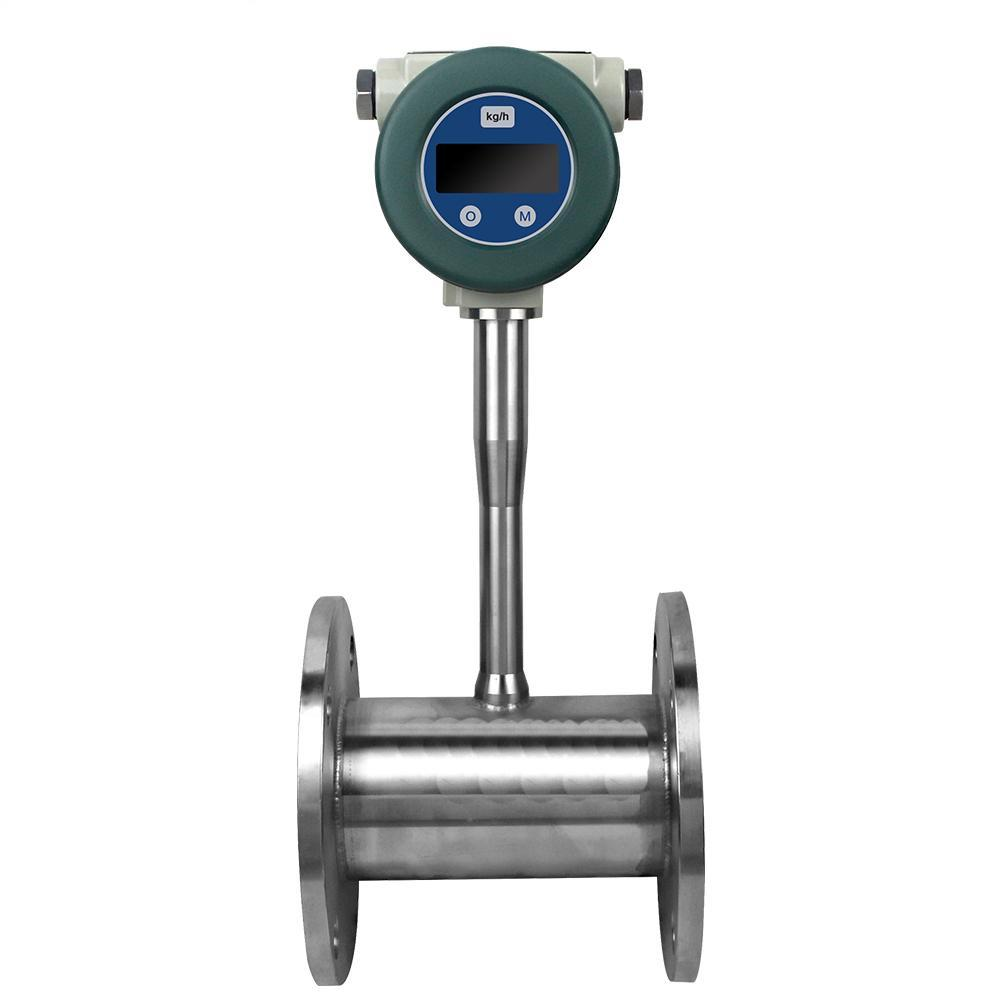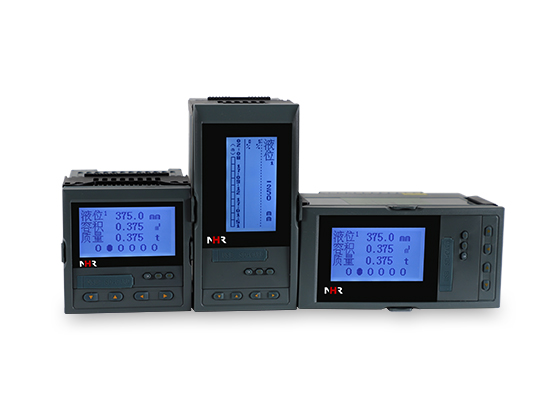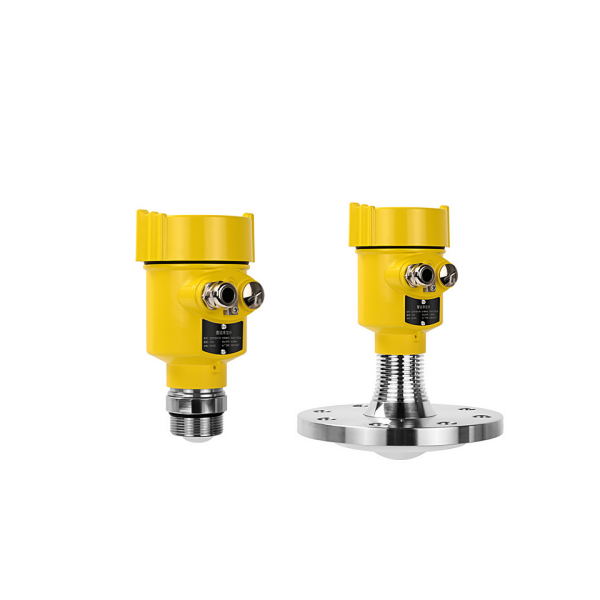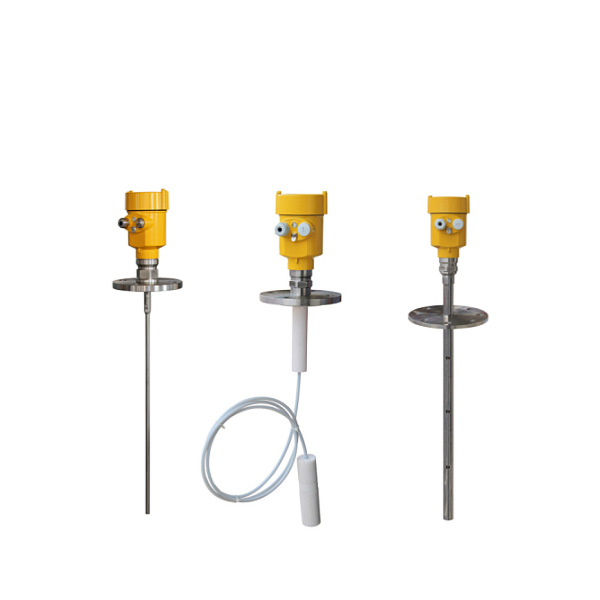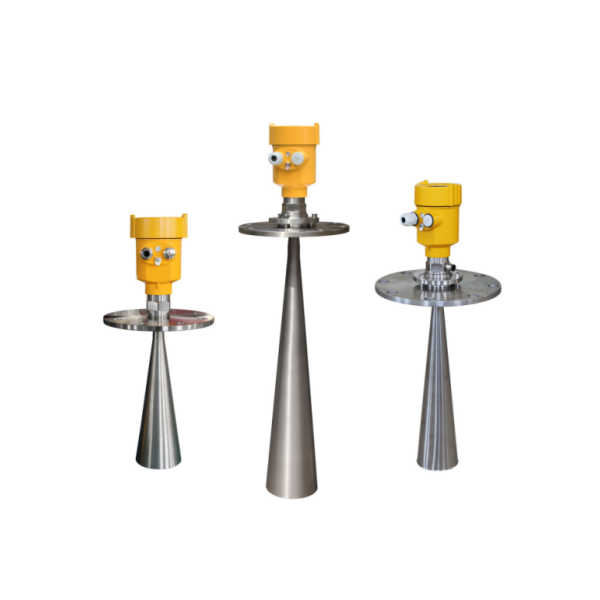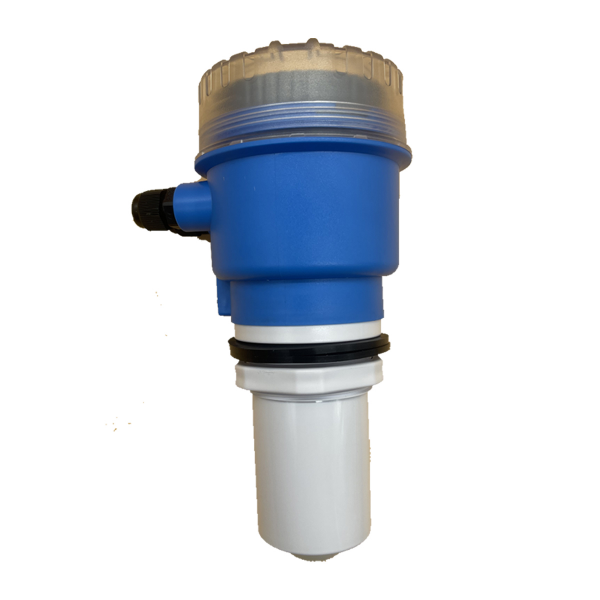What is ultrasonic flow meter?
An ultrasonic flow meter is an instrument that calculates the flow rate by emitting ultrasonic pulses through the fluid and measuring the propagation time of the ultrasonic waves. Ultrasonic flow meters measure the volume flow of fluids.
Signal detection principle According to the principle of signal detection, ultrasonic flow meters can be divided into propagation velocity difference method (direct time difference method, time difference method, phase difference method and frequency difference method), beam offset method, Doppler method, cross-correlation method, Spatial filtering method and noise method, etc.
What are the advantages of strap on ultrasonic flow meter?
- Easy to install
External clamp-on installation, no pipe cutting required. Users simply clip the flow sensor to the pipe surface. Then the ultrasonic flowmeter can detect the flow rate through ultrasonic waves, and then automatically calculate the flow rate value, flow totalizer, etc. - Wide range ratio
Turndown ratio is a very important technical indicator in flow measurement. It is used to refer to a flow range, usually determined by the flow technology/principle. - The traditional flow measurement range ratio is small, such as turbine flow meter is 10:1, orifice flow meter is 3:1, PD flow meter is 10:1, etc. However, ultrasonic flow meters are usually 100:1, and some models can reach 500:1.
- Low flow startup
Strap on ultrasonic flow meter is suitable for small pipes. Very low flow measurement can be provided for process control. - HVAC energy management to reduce your costs
Ultrasonic flow meters provide advanced and accurate energy measurement and are widely used for water energy monitoring in heating ventilation and air conditioning (HVAC) management. The flow sensor is combined with the energy sensor to form an energy meter without damaging the pipe. High accuracy and stable performance helps reduce energy costs.

